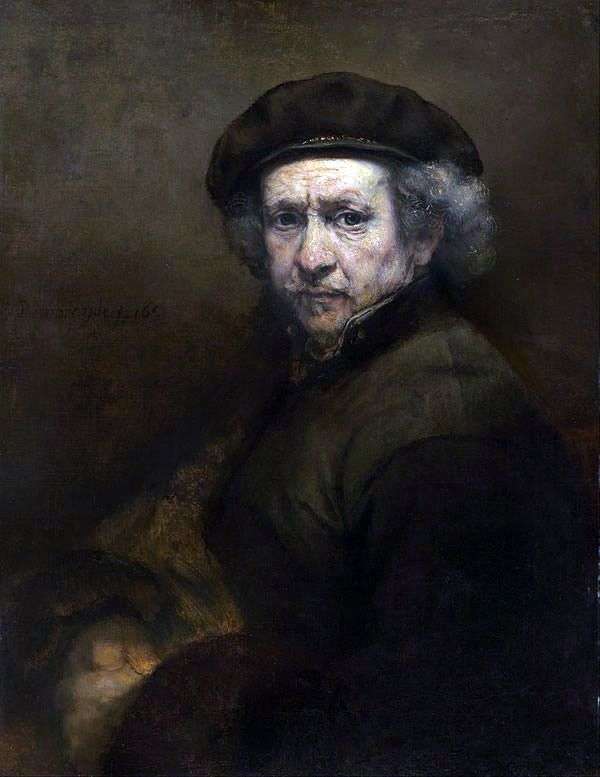
Unconfirmed theory and research that Rembrand painted his portraits using mirror projections.
Some 17th-century artists used a system of concave and flat mirrors to achieve more realistic self-portraits. Perhaps such famous painters as Rembrandt and van Rijn resorted to this technique. It is worth noting that all the necessary tools were available to the masters of the time.
To create the projection of the artist needed daylight, as well as a concave and flat mirror. Concave mirrors, by the way, have been known since ancient times. There is a legend that Archimedes burned the Roman fleet with them, some drawings by Leonardo da Vinci contained a diagram of the operation of a machine for grinding mirrors with a given curvature, the Galileo Galilei telescope had a concave eyepiece. The works of the masters of the time, including students of Rembrandt, contained comprehensive evidence of working with optical equipment.
The earliest self-portraits of Rembrandt hit the level of detail, which is achieved even in small images. A number of these works were etched on copper. The etched images had a small scale, which was happening, according to the researchers, because when using a projection, an increase in the reflected portrait led to blurred edges, making work with a sharp pen more difficult.
 Autoportrait de Rembrandt. Technique du miroir – Rembrandt Harmenszoon Van Rijn
Autoportrait de Rembrandt. Technique du miroir – Rembrandt Harmenszoon Van Rijn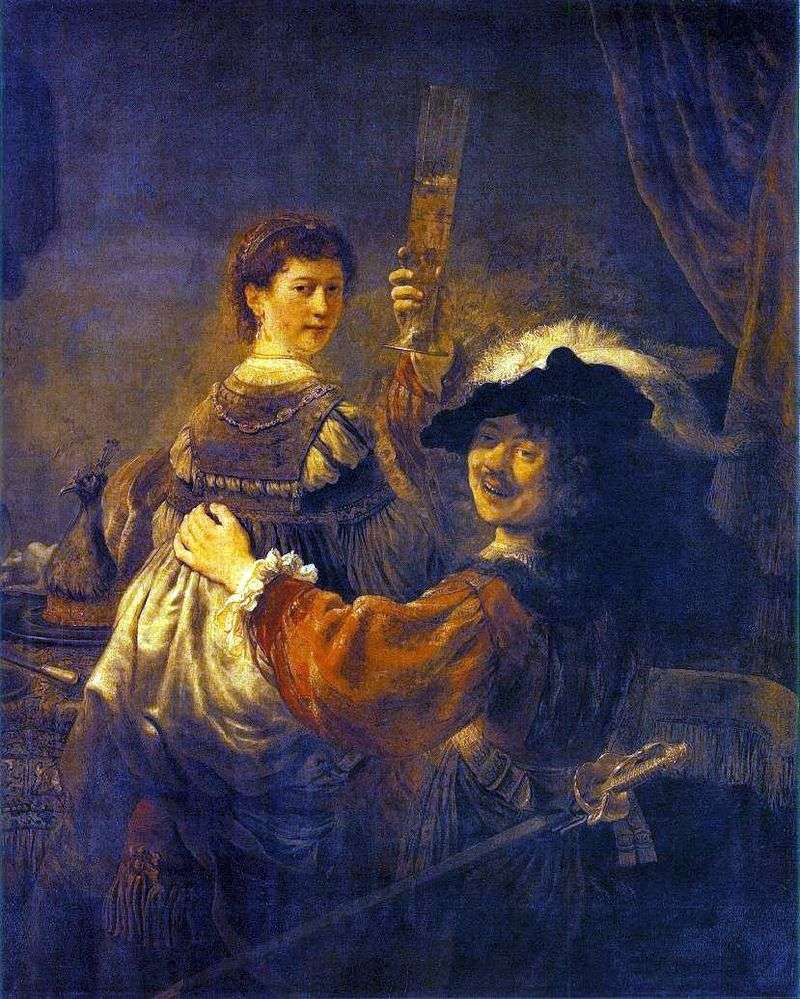 Fun Society (Self-Portrait with Saskia on Your Lap) by Rembrandt Harmens Van Rhine
Fun Society (Self-Portrait with Saskia on Your Lap) by Rembrandt Harmens Van Rhine The Man in the Golden Helmet by Rembrandt Harmens Van Rhine
The Man in the Golden Helmet by Rembrandt Harmens Van Rhine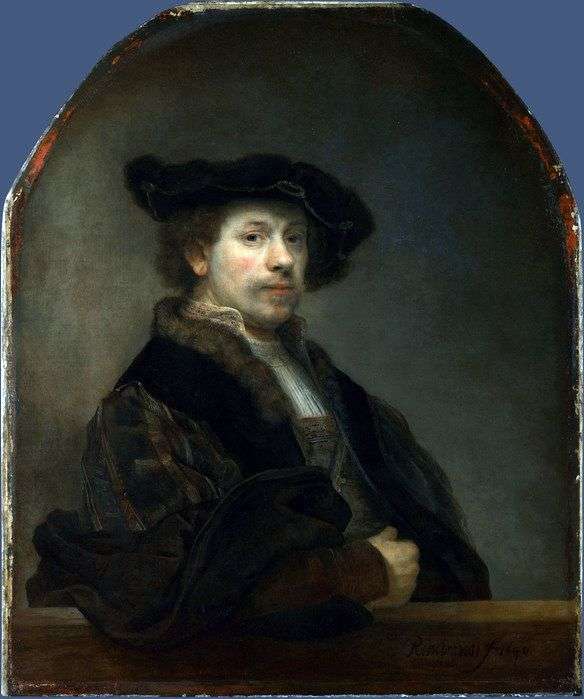 Self Portrait at the Age of 34 by Rembrandt Harmens Van Rhine
Self Portrait at the Age of 34 by Rembrandt Harmens Van Rhine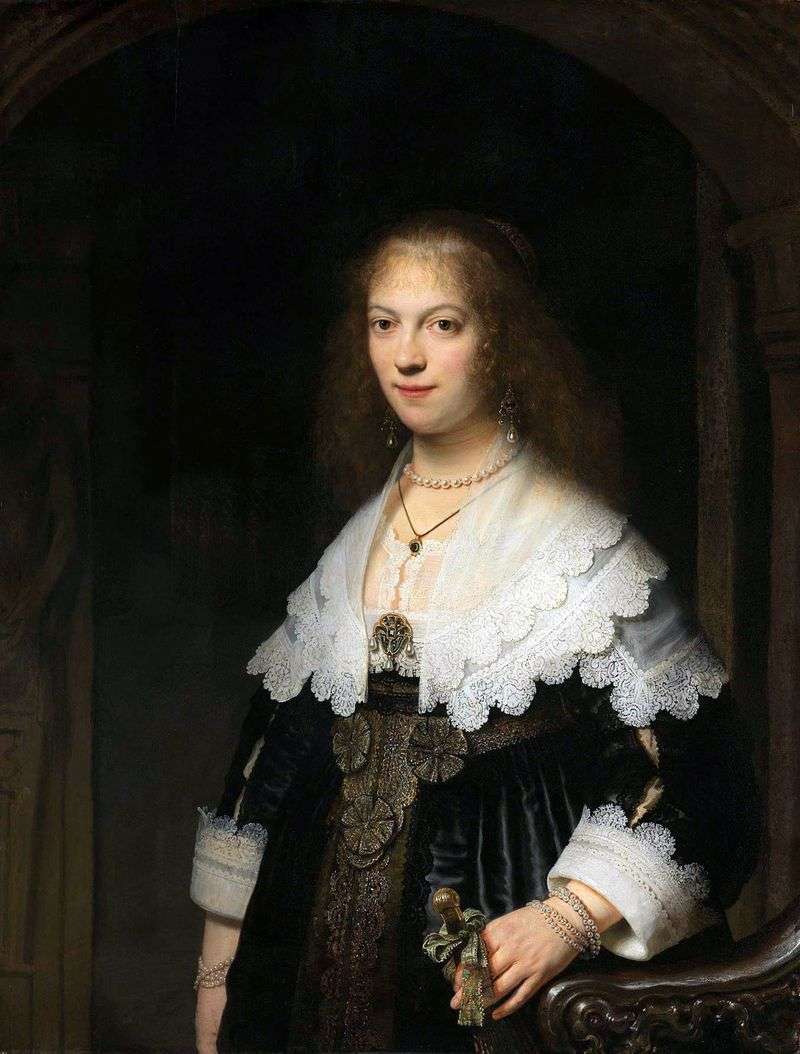 Portrait of Maria Trip by Rembrandt Harmens Van Rhine
Portrait of Maria Trip by Rembrandt Harmens Van Rhine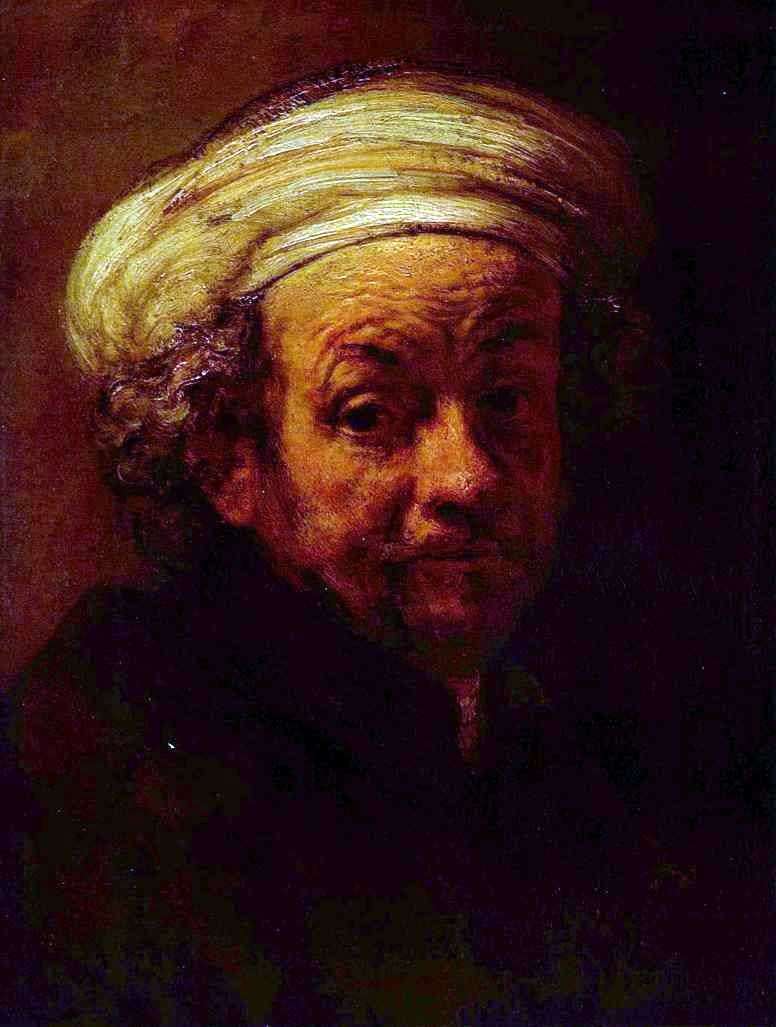 Self Portrait by Rembrandt Harmens Van Rhine
Self Portrait by Rembrandt Harmens Van Rhine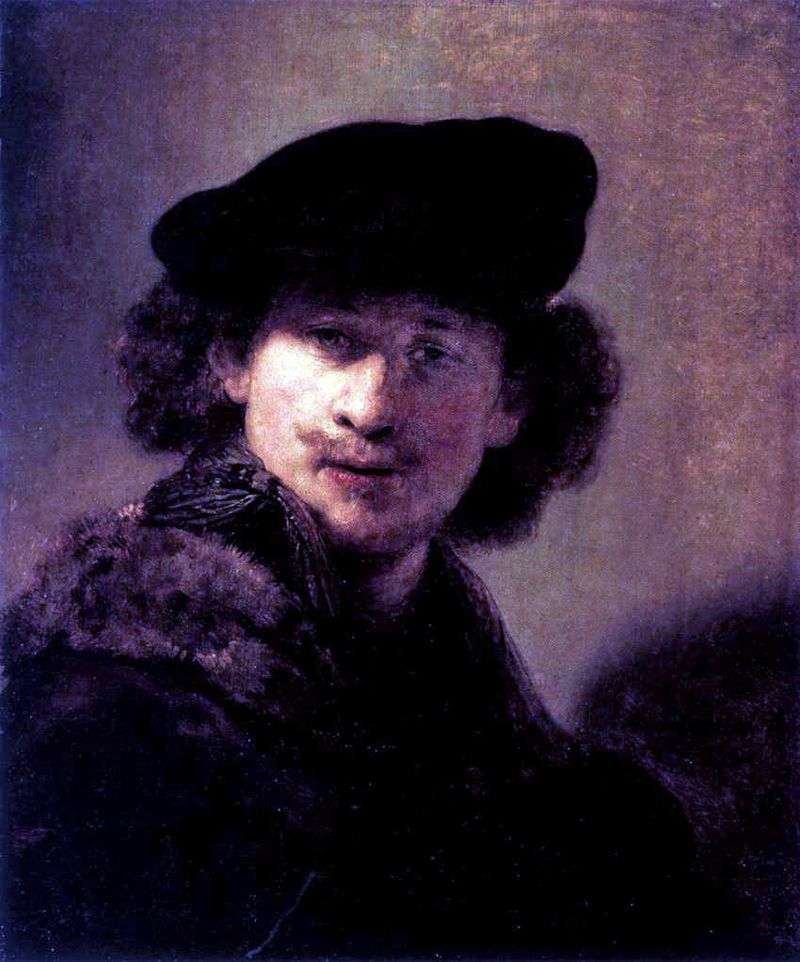 Self Portrait in Velvet Beret by Rembrandt Harmens Van Rhine
Self Portrait in Velvet Beret by Rembrandt Harmens Van Rhine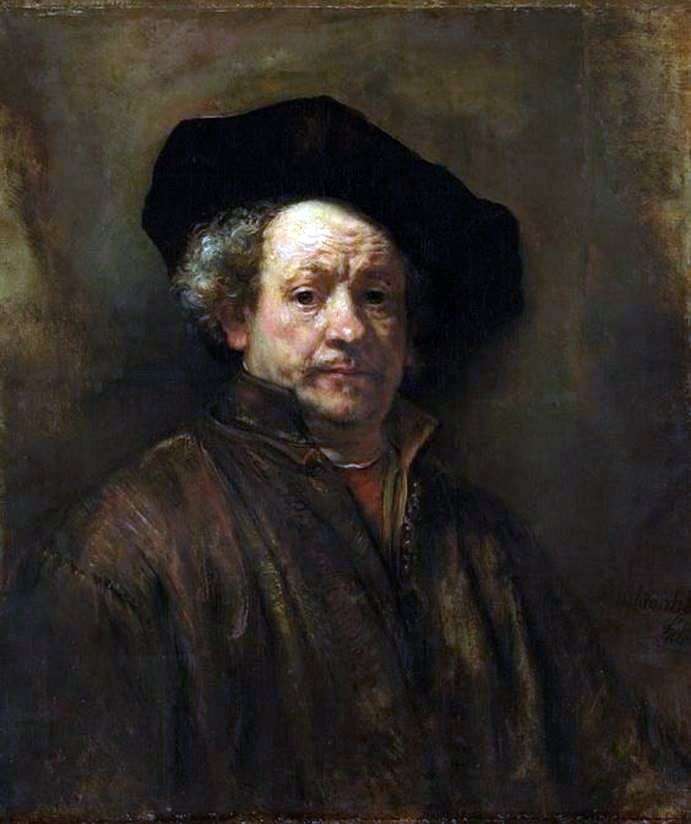 Self-portrait at the age of 54 by Rembrandt Harmens Van Rhine
Self-portrait at the age of 54 by Rembrandt Harmens Van Rhine